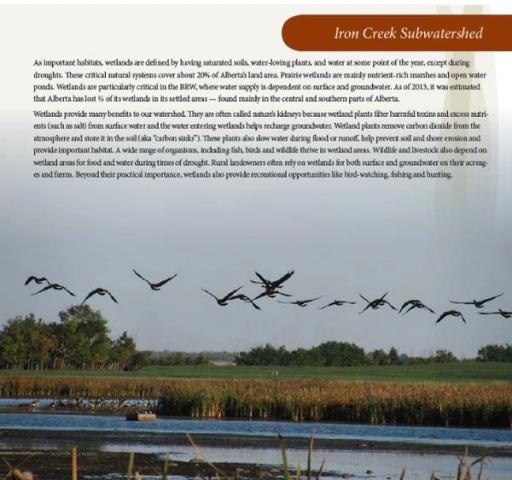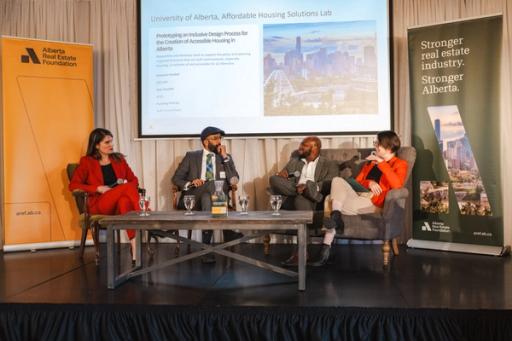August 25, 2017
Coming Soon: Traversing Terrain and Experience: Atlas of the Battle River and Sounding Creek Watersheds

By Battle River Watershed Alliance
Figure 1 Sample Atlas page
The purpose of Traversing Terrain and Experience: Atlas of the Battle River and Sounding Creek Watersheds is to bring the maps and stories of this region to life for people of all ages. The atlas will contain various maps of our watershed along with accompanying statistics and information on topics such as land cover, land use, natural regions, water use, water quality, geology, biodiversity, population density, energy resources, and more!
It will also incorporate the stories of local people and places within the watershed. In this way, the atlas will serve as a tool to connect people to place by exploring the connections between landscape and experience throughout the watershed.
Copies of the Atlas will be available December 2017 and distribution is planned for school and communities across the Battle River and Sounding Creek watersheds.
To preorder your copy call the Battle River Watershed Alliance office at 1-780-672-0276 or email battle.river@gmail.com.
Topic
Similar News


